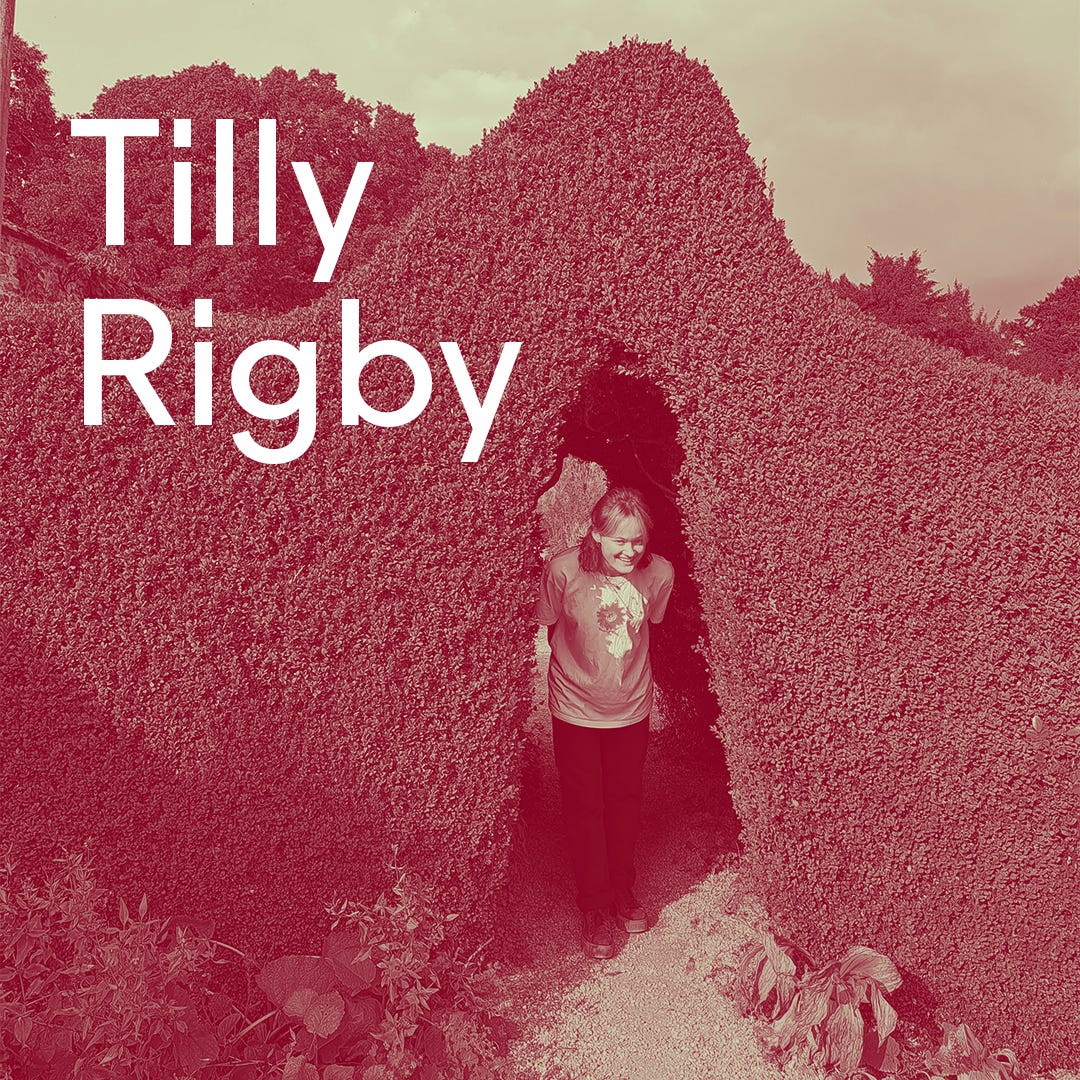Intern Spotlight: Tilly Rigby
Tilly is heading into her final year of the Masters in Landscape Architecture at Edinburgh College of Art, University of Edinburgh. Before that, she earned an MA degree in History, also at Edinburgh. Her major interest is in how landscape theory and material processes relate to society and culture. She loves to paint, draw, print, sketch, and all the rest, and for that the landscape is the ultimate source of inspiration.
At Ruderal, Tilly developed a set of illustrative plans using a wide range of iterative approaches that will guide the firm’s illustrative work moving forward. Prior to joining Ruderal this summer, she worked at Nicholsons Plants, Nursery, and Landscape Architecture in Warwickshire, UK.
BH: You came to Tbilisi through your interest in our practice. Now that you’re here, What intrigues you about the landscape of Georgia?
TR: The majesty of the Caucasus Mountains is intriguing. Vast, white-capped peaks looming in the distance, stretching all the way from the Black Sea to the Caspian. And then Russia on the other side. The sheer inaccessibility of Tusheti (the condition of the road means you can only drive there from about June-August) is also captivating. I want to go!
BH: Exactly, there’s so much. Tell me about one of your favorite moments so far?
TR: You just can’t get over the mountains in Georgia – they were my favorite bit. One of my favorite moments is when you drive north out of the city, just before the big road curves toward Batumi. If you cross the river going west towards Mtskheta just after seeing the Jvari monastery on the right, you’re all of a sudden in this cool landscape full of canyons and ravines. That geography is incredible. It seemed so ragged, kind of extreme and even scary. But then you break out of that into the beautiful wide open grasslands of the plain that sits above the Mktvari, and you have the Caucasus mountains jutting up in the distance. That transition really gave me a sense of how diverse Georgia is and how special it is to be here, looking at all of those different elements and patchworks.
BH: In your experience, what is the most critical issue in the urban landscapes of Tbilisi. Is there anything you wish would be addressed or that you would change?
TR: Tbilisi’s main highways run alongside the Mtkvari River, through the centre of the city, while the smaller roads cut round the outside. If I had the chance, I’d invert that system to emphasise the river landscape.
BH: And speaking of landscape design, you’ve just finished your first year. What do you find to be the most interesting aspect of design school?
TR: I enjoy having the freedom to devise projects that may be totally unrealistic outside of school. You can be as wild and as far-fetched as you like, so long as your research and design output supports your idea. It forces you to think outside the box.
---------
Follow-up
In late September, I got a hold of Tilly between one of her studio sessions back at the University of Edinburgh.
BH: How’s it been starting back in school? Are you feeling good?
TR: Yes, I’m feeling good about starting. I’m getting really excited about studying the Highland Boundary Fault as a “critical zone”. Our case study is the Isle of Arran just west of Glasgow. It’s really nice to home in on the Scottish Highlands and Lowlands and study where we actually are. It’s so easy to drive up into that landscape and actually be there – so I’m really excited about that. I’m also excited to carry on the “journey” in representation and what I was learning with Ruderal in terms of media workflow sand various ways of integrating media. We are preparing stuff for print-making and model-making to assess the conditions of the Highland Boundary Fault now – what we can see, what we can’t see, and what kind of timescales are involved. So I’m very excited!
BH: Sounds like you have a great semester ahead!







